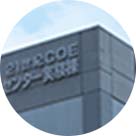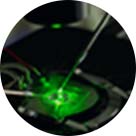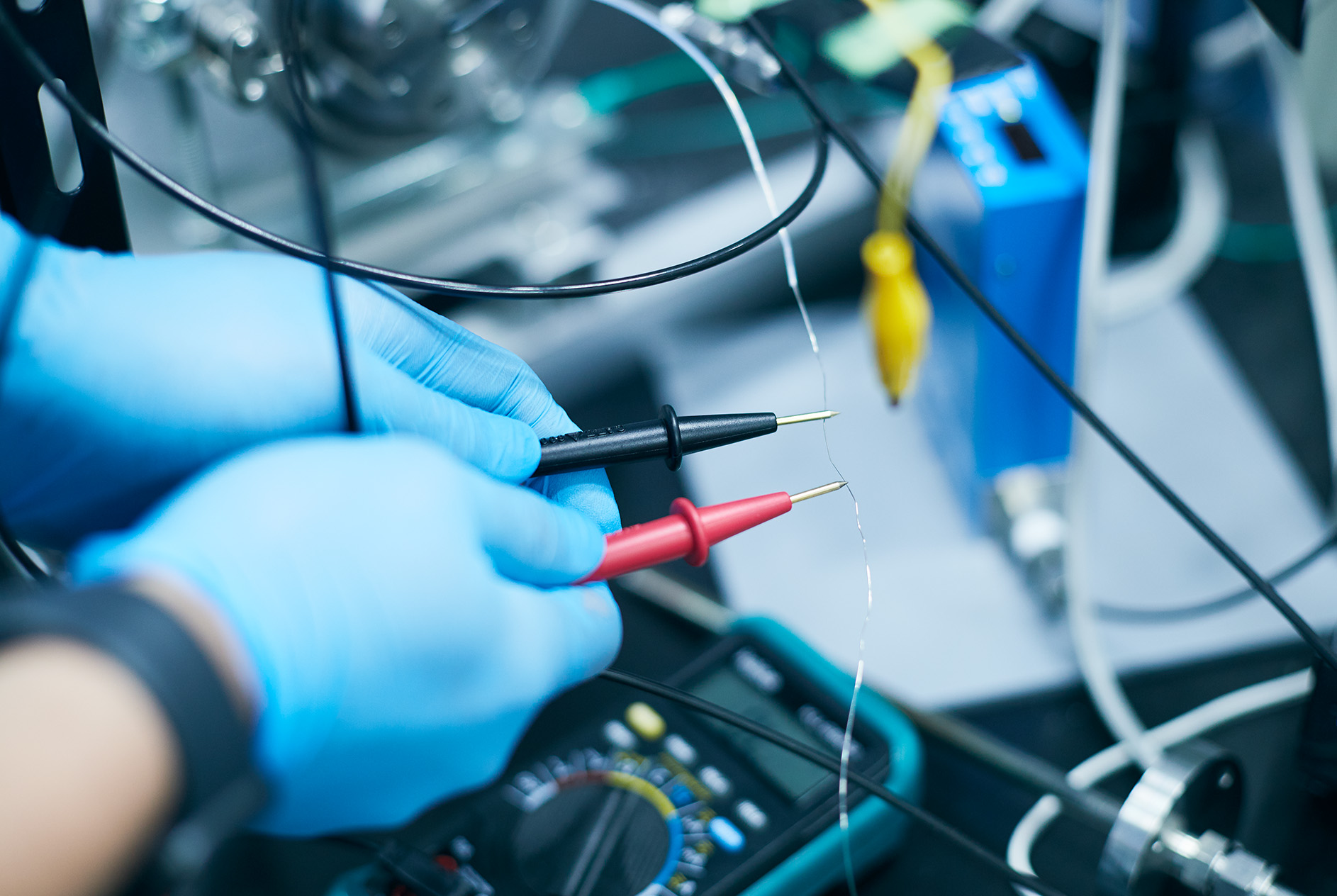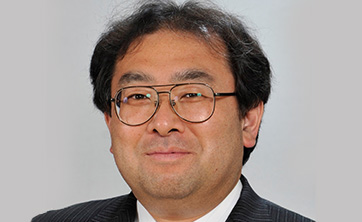The development of a system for the generation, transformation, storage, and utilization of energy by “Only at TUS”
Research on energy conversion
Based on outcomes from the Division of Ecosystem Research and the Advanced EC Device Research Division, the development of highly efficient, environment-friendly organic synthetic processes, and highly sensitive and functional light-reactive polymers are advancing. One of the aims of this research group is the development of new catalytic reactions for the highly selective reduction of carbonyl groups to methylene groups, to be used in applications for organic compounds made up of elements other than oxygen. Another objective of this group is the development of a polymer that responds to multiple forms of energy, by designing a polymer that reacts stepwise to light and heat. In addition, high-speed material screening will be carried out using a combinatorial experimental method.
The generation and utilization of bio hydrogen will be proposed in relation to SDG 12, based on life-cycle assessment (LCA). A system consisting of the generation of hydrogen from waste wood, its purification, storage, and use in the generation of electricity through fuel cells, as well as in charge storage in capacitors will be built and evaluated based on LCA.
We will manufacture a printable wearable biofuel cell with paper and transfer sheet. For example, a fuel cell that uses organic material in urine as fuel can be used for urine detection (Elderly care, health maintenance). By using lactic acid in sweat as fuel, one can monitor the health of athletes. In order to make the wearable device, we prepare mesoporous carbon materials suitable for use as enzymes, and then develop a printable paper device using the carbon as the electrodes.
In the development of the polymer electrolyte fuel cell, we synthesize a metal-complex-supported conductive diamond as the electrode catalyst and develop a novel silicon-based polymer as the electrolyte.
Research on energy storage
We aim to prepare high-capacity electrodes with structures that are well controlled at atomic-to-micro levels and perform high-throughput material screening, and device-oriented electrochemical and structural analyses. For optimization of nano and micro structures of the electrodes, we will prepare the powder using liquid-phase synthetic methods like solvothermal synthesis, and then perform a surface coating on the pristine powder.
Atomic configurations of the materials will be simulated computationally for theoretical screening. In addition, we will investigate degradation mechanisms of the batteries under various operation conditions, by means of selected electrochemical techniques such as in-situ analyses of the atomic and electronic structures using neutron and synchrotron X-ray sources and in-situ electrochemical impedance spectroscopy (EIS) by cooperating with energy conversion group. This strategy enables us to produce a customized and appropriate device design based on a working condition and a purpose of use.












